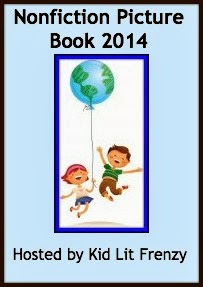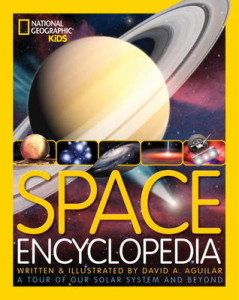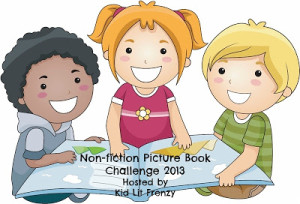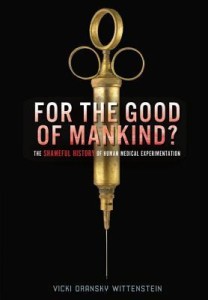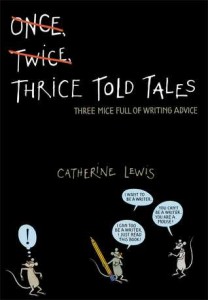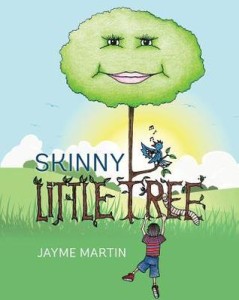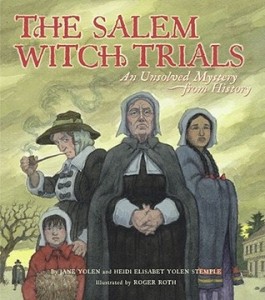Nonfiction Picture Book Wednesday
Nonfiction Picture Book Wednesday is hosted by Kid Lit Frenzy and was started to help promote the reading of nonfiction texts. Most Wednesdays, we will be participating and will review a nonfiction text (though it may not always be a picture book).
Be sure to visit Kid Lit Frenzy and see what other nonfiction books are shared this week!
Space Encyclopedia: A Tour of our Solar System and Beyond
Author: David A. Aguilar
Published August 17th, 2013 by National Geographic Children’s Books
Goodreads Summary: Presenting the latest exciting findings on space exploration and research and cutting-edge, spectacular views of the universe that technology is bringing back to Earth, all in one ultimate reference book. Authored by David A. Aguilar of the Harvard-Smithsonian Center for Astrophysics, the National Geographic Space Encyclopedia is ideal for the family bookshelf, providing both accessible information for school reports and compelling reading on the mysteries beyond our world.
My Review and Teachers’ Tools for Navigation: This book is so full of information! It is almost more of a browsing or researching book because it is just so much. I will say the information is easy to understand (Aguilar constructed the book almost like a journey which makes it easier to follow) the the photographs and scientifically accurate illustrations are some of the best I’ve ever seen. In my time of reading this book, I learned so much and can definitely see how it would be a huge asset to a classroom (science or language arts).
Discussion Questions: After reading about _____, what did you learn?
We Flagged: “Neptune: We’re nearing the pale blue icy world of Neptune. It has the wildest weather of any planet in the solar system, with winds that blow at speeds over 1,200 miles per hour. Like the other Jovian planets, Neptune doesn’t have a surface to walk on. Although the clouds surrounding it are very cold, -350 degrees Fahrenheit, its rocky iron core is about the same temperature as the sun’s surface.” (p. 62)
Read This If You Loved: Any nonfiction book about space, for background knowledge when reading science fiction that takes place in space
Recommended For:
**Thank you to Tracey Daniels at Media Masters Publicity for providing a copy for review**
